Refer below shared Fire and Gas System Interview Questions for your interview preparation.
Fire and Gas System Interview Questions
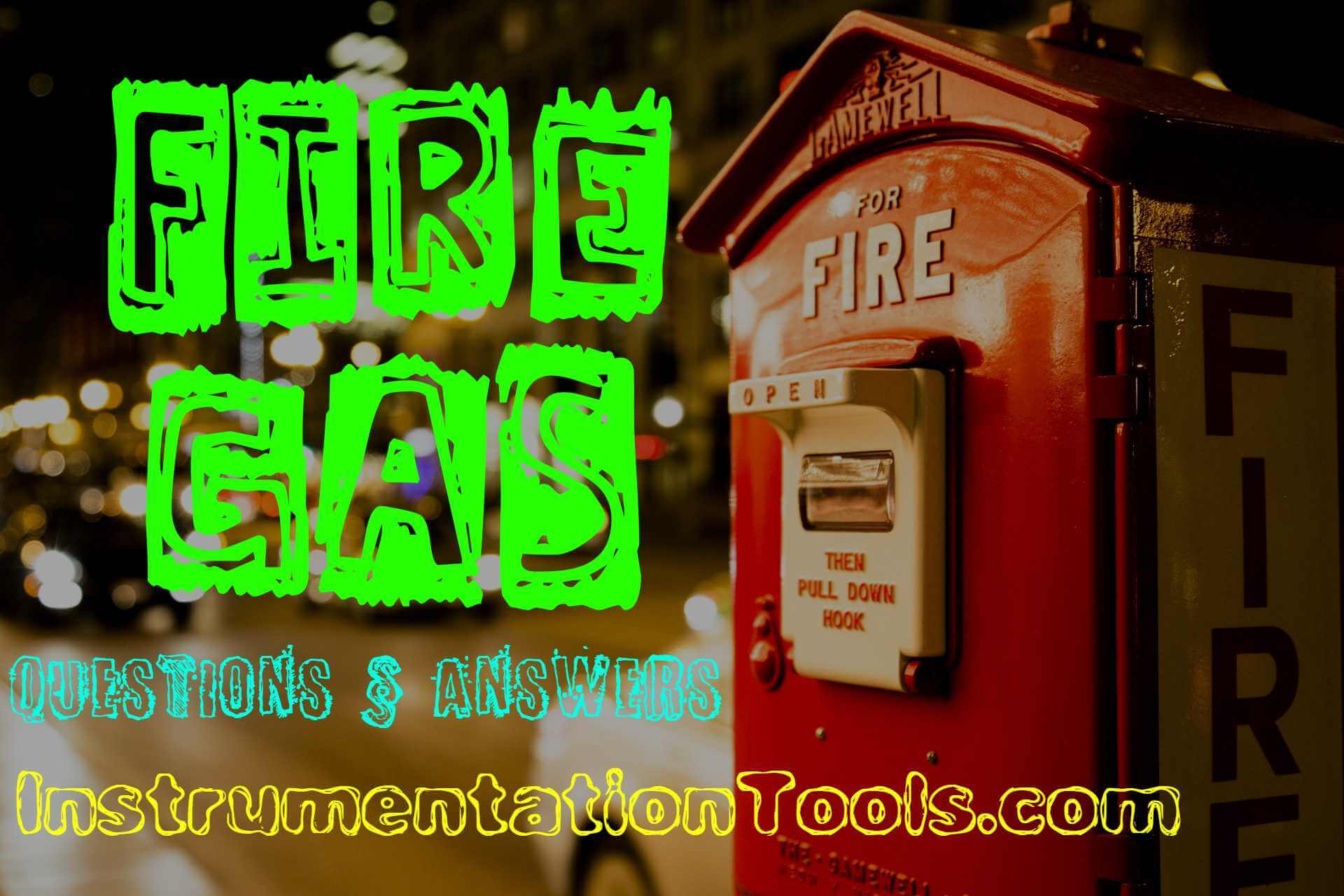
What is a fire alarm system?
Typically, a fire alarm system is made up of the following components:
- Initiating devices, capable of placing the system in the alarm state. These can be photoelectric smoke and heat detectors, ionization smoke detectors, heat detectors, in-duct smoke detectors, manually operated pull stations and sprinkler water flow sensors.
- Indicating appliances, whose purpose is to announce building occupants or at a remote location when the system enters the alarm state, such as horns, strobe lights, chimes, bells, or combination units. They are also available in weatherproof and hazardous location versions.
- A control panel, containing programming and operating electronics and user interface, is fed by standard branch-circuit wiring and contains replaceable circuit cards – one for each zone. This includes an alphanumeric display, showing the state of the system and providing troubleshooting information, and a touchpad so that onsite personnel can silence an alarm or trouble signal, reset the system following an event, and reprogram if necessary
- Sealed batteries similar to emergency light batteries, but listed for fire alarm systems. These are usually 6V batteries wired in series to make up 24VDC for a power-limited system. The batteries can be contained in the control panel or in a separate enclosure. When AC power fails, the batteries take over with no interruption in fire protection. Of course, there is also a charger.
- Auxiliary devices, including remote annunciators with LEDs showing the state of the system, an alarm silence switch, and visual LED indication of the zone from which a fire alarm is initiated. Electromagnetic door holders (floor- or wall-mounted) are available. In case of alarm, the magnet is de-energized, allowing the door to swing shut. Later, it is reopened manually.
- Initiating devices are connected to the control panel by a 2- or 4-wire initiating device circuit. In the case of a power-limited system, 24VDC is applied to two wires going to a string of initiating devices, which are wired in parallel. Neither wire is grounded, and they are isolated from EMT or other raceways, which are grounded through the connector at the control panel. Polarity is also critical. This voltage is used to power the solid-state circuitry within each detector. It’s also used by the control panel to monitor the state (alarm or no alarm) of the initiating devices and zone wiring.
A typical fire alarm system has numerous initiating devices divided among separate zones – each connected via an initiating device circuit to a central control panel.
The control panel performs supervisory functions over the initiating devices, indicating appliances, all associated field wiring, telephone ties, and its own internal wiring and circuit cards.
What is the main component of a fire alarm system?
The Fire Alarm Control Panel (FACP). The FACP should be located where it can be responded to as necessary either around the clock or during operating hours.
This can be at building security headquarters, adjacent to a telephone switchboard or in a maintenance office – whichever location offers maximum coverage.
It should also be positioned in a fairly central location because if the system goes into alarm, a person needs to be able to race to the location and verify fire status before the alarm is silenced.
Also Read : Fire/Smoke/Flame/Heat/Gas Detectors
How does a fire alarm system operate?
A fire alarm system operates in one of three (or more) states: normal, alarm, and trouble. The state is reported at all times on the alphanumeric display.
If the system goes into alarm, the indicating appliances throughout the building go off. These could be very loud horns for some occupancies, or softer chimes in others, such as a nursing home.
The control panel monitors the initiating device circuits at all times for shorts and open wiring by means of the applied DC voltage. The initiating devices are normally open.
In the event of a fire they become conductive at close to zero ohms. How, then, is it possible for the control panel to differentiate between a non-alarm state and an open wiring fault? This is accomplished by means of an end-of-line resistor.
The control panel also monitors the functionality of its own wiring and zone cards, and trouble is reported in the display.
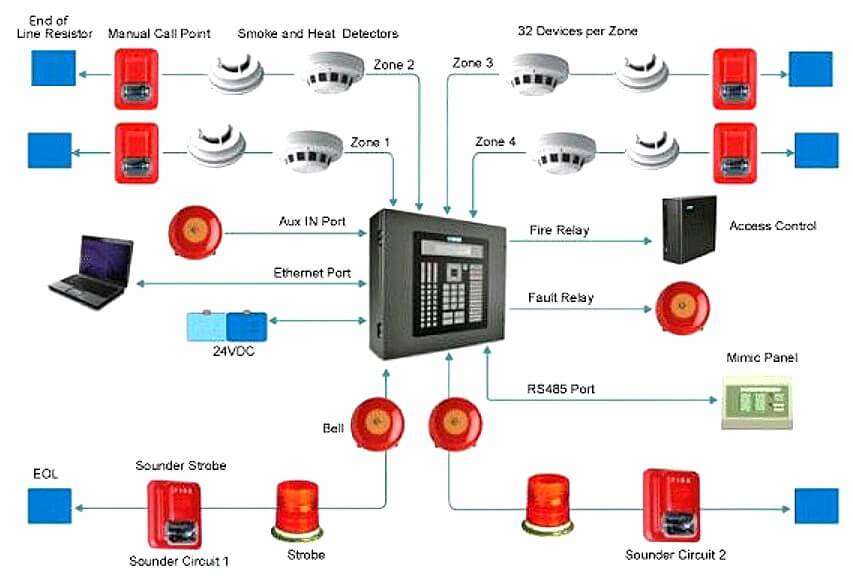
Another capability of the fire alarm system is to call out in case of alarm. Two dedicated phone lines are connected, and the system performs test calls periodically in accordance with programmed instructions. If either phone line won’t connect, the system goes into the trouble state, so repairs can be made.
The essence of a fire alarm system, as opposed to individual smoke detectors, even if they are wired to indicate in concert, is that it is supervised from a central location. The whole notion of supervision is critical.
It does not mean that a person sits at the console and watches it at all times. What it means is that a supervisory voltage is applied to all circuitry, and current flow is monitored electronically to verify that equipment and wiring are intact.
If the system goes into alarm and won’t silence due to touchpad malfunction, for example, it can be disarmed after the zone is checked for fire by cutting off the power.
First, unhook one side of the battery array, then unhook the black-white-green incoming power connector. If a fire alarm system is disabled, maintenance and security personnel should initiate fire patrols throughout the building.
The telephone monitoring agency should be informed, and the insurance company contacted to verify that coverage is not voided.
What is Conventional Fire Alarm System ?
Traditional fire alarm panels installed prior to 1998 were conventional zone panels.
In a zoned system, fire alarm devices in a common area or floor of a facility are connected to the same alarm initiating circuit.
Each zone requires its own circuit conductor.
This arrangement allows alarm annunciation to be reported by areas of the building to identify which device is in alarm.
Conventional panels are often used in small facilities where a few zones can provide sufficient alarm annunciation.
What is Addressable Fire Alarm System ?
With the advent of microprocessors and digital electronics, addressable fire alarm control panels and devices have become more common than conventional systems for medium and large-sized facilities.
They have become more cost effective in some small applications as well.
Addressable fire alarm systems use digital encoding and multiplex technology to more accurately identify alarm locations and device conditions.
Each fire alarm device in a system is programmed with a unique address.
The fire alarm control panel is capable of communicating with a single address or a group of addresses depending on the functions required.
The communication is often multiplexed over a common cable, sometimes referred to as the signaling line circuit (SLC).
This arrangement significantly reduces the amount of cabling necessary to install the system. The communication channel allows two-way communication, thus enabling the fire alarm control panel to control as well as monitor fire alarm devices.
A significant component of addressable fire alarm system is the software programming necessary to make the system function correctly.
The programming allows for flexible applications where you want to have specific control over the inputs and outputs.
The communication technologies employed in addressable systems allow for advanced features to accommodate sensitivity changes due to age and accumulation of dust prior to maintenance.
These features are not available with the standard conventional system.
What are the Fire Alarm Devices ?
- Smoke (particulate and aerosol)
- Heat
- Light Radiation
- Fire detection devices are built to detect one or a combination of these components. While all components are necessary for a fire to exist, all components may not exist at a detectable threshold. Detectors will be selected that will detect the elements that may exist in a fire for the ambient conditions that are present. It also should be realized the similar non-fire components might exist in the same ambient conditions, which could cause unfavorable false alarm conditions.
- Devices used for fire detection include smoke detectors, thermal detectors, flame detectors, fire-gas detectors, and other devices.
- Smoke detectors sense visible or invisible particles of combustion generated by burning, smoldering, or the incipient stage of combustion. These devices fall into two categories — photoelectric and ionization.
- Thermal detectors sense the high temperature or the temperature rise caused by a fire.
- Flame detectors sense the radiation produced by a fire.
- Fire-gas detectors sense the gases produced by a fire.
- Other detectors sense some phenomenon other than smoke, thermal, flame, or fire-gas to detect a fire.
Explain about Ionization Smoke Detector ?
The ionization smoke detector is widely used. Its capability to detect smoke originating from fire is best utilized for clean-burning fires that produce small particles during combustion.
The ionization smoke detector consists of an alpha particle producing a radioactive source, a smoke chamber, and charged detector plates.
- The alpha source causes the air within the smoke chamber to become ionized and conductive
- As smoke particles enter the smoke chamber, the smoke particles attach themselves to the ionized air molecules and the air in the chamber becomes less conductive
- When the air conductivity within the chamber drops below a predetermined level, the alarm is triggered
Advantages of Ionization Smoke Detectors:
- Detects invisible products of combustion — It can detect fires that are in the incipient stage or detect other aerosol-type smoke products
- Quick acting — Provides for earlier detection than other types of smoke detectors or thermal detectors
- Disadvantages of Ionization Smoke Detectors:
- May provide false detection if used where volatile solvents, conductive material dusts, or high humidity are present
- Detects the presence of smoke only, not toxicity
- Has a potential for high false alarm rate
- Typical locations or hazards for ionization detection:
- Clean rooms
- Computer rooms
- Mechanical air ducts
- Locations where sensitive detection methods are needed
Also Read : Point IR Vs Open Path IR Detectors
Explain about Photoelectric Smoke Detector ?
A photoelectric smoke detector is the most common smoke detector used today. It detects smoke by using either the principle of light obscuration or light scattering.
Its capability to detect smoke originating from fire is best utilized for fires that produce large particles during combustion.
Spot type photoelectric smoke detectors using the light obscuration principle have a light emitting device, usually a light-emitting diode (LED), a smoke chamber, and a photosensitive device that receives the light directly from the light source and produces a monitored current.
Smoke that enters the smoke chamber reduces the intensity of tech light reaching the photosensitive device, which reduces the monitored current.
When the intensity drops below a certain level, the sensor control circuitry detects a drop in the current produced by the photosensitive device. When the current falls below a preset threshold, the smoke alarm is triggered.
Spot type photoelectric smoke detectors that use the light scattering principle are constructed similarly to the detectors that use the light obscuration principle except that the photosensitive device is set so that it cannot see the light source directly.
When smoke enters the chamber, the smoke particles reflect the light from the source into the photosensitive receiver. When sufficient light intensity is detected, the alarm is triggered.
Advantages of Photoelectric Smoke Detectors:
- Sensitive to visual particles of smoke
- Detects smoldering low heat fires
- Provide early warning
Disadvantages of Photoelectric Smoke Detectors:
- Early contamination by dust causing reduced sensitivity
- Detects presence of smoke, not toxicity
- Must be cleaned on a regular basis
- Has a potential for high false alarm rate
Explain about Beam Detector ?
Beam detectors are line-type photoelectric detectors consisting of a separate light source and photosensitive receiver.
These devices are usually installed in large open areas where there is an unobstructed line of sight between the light source and the receiver and where the use of spot-type detectors would be economically unfeasible due to the number of detectors required.
Advantages of Beam Smoke Detectors:
- Cover a large area economically
- Quick acting
- Disadvantages of Beam Smoke Detectors:
- Unobstructed LoS between the light source and the receiver
- Correct alignment needs to be maintained
- Typical locations or hazards for beam detectors:
- High atriums
- Manufacturing spaces
Explain about Air Sampling Smoke Detectors ?
For environments where detection of smoke is most critical, an air-sampling system provides the earliest possible detection.
An air sampling or aspirating type fire detection system is a self-contained smoke detection package compromised of five primary components:
- Air-sampling system
- Aspiration system
- Filter assembly
- Detector
- Control system
It uses a network of pipes to continuously draw air samples and direct them to a central smoke detector.
The system operates with a network of sampling pipes that extend into the protected area. The pipes are usually made of a thermoplastic material.
An internal aspirator continuously draws air into the piping network. The systems use either a filter assembly or laser particle counting technology to filter out airborne dust and debris particles, which helps to eliminate false readings.
Typical locations or hazards for Air-Sampling smoke detectors:
- Telecommunications areas
- Computer rooms
- Data centers
- Hospitals
- Clean room environments
Explain about Fixed Temperature Thermal Detectors?
Fixed Temperature
Fixed Temperature Thermal Detectors can respond to:
- Fixed temperature limit
- Rapid rate of change of the temperature in the protected area
- Combination of these types of detection
Typical fixed temperature spot-type smoke detectors contain a bimetallic switch element that closes at a specified temperature limit. The switch is normally composed of two metals, each having a different temperature coefficient of expansion.
As this bimetallic element heats the metal with higher coefficient of expansion, it causes the switch to bend or curve, closing the switch; thus indicating an alarm condition.
Line type thermal detectors are cables that detect heat along their entire length. A line type thermal detector may consist of two wires that are separated by an insulator.
After the heat builds to a certain level the insulation melts, allowing the wires to touch and current to flow, initiating an alarm.
Bimetallic spot and coaxial style thermal detectors are self restoring. Fusible link and melting insulation types of line thermal detectors are not self-restoring.
Advantages of Fixed Thermal detection:
- Lower cost than smoke detector units
- More reliable than smoke detector units
- Not affected by dusty or dirty environments
- Minimal maintenance
Disadvantages of Fixed Thermal detection:
- Slower to respond than smoke detectors
- Will not detect products of combustion
- Only suitable for protection of property
Explain about Rate of Rise Thermal Detectors?
Rate-of-Rise Thermal Detectors measure the rate at which the air temperature changes during a fire event. Measuring the change in temperature provides a faster alarm response than measuring the temperature level in a space.
The rate-of-rise detector measures the change in the temperature of the space through the use of a differential pressure switch. This switch contains an air chamber separated for the air in the ambient space by a flexible diaphragm.
As air in the ambient space changes temperature, the air pressure increases, creating a differential pressure across the diaphragm.
The air chamber is constructed with a calibrated leak so that normal temperature and pressure fluctuations within the room space adjust across both sides of the diaphragm and will not cause the alarm contacts to close.
During a fire, the air temperature rises at a rate faster than normal, causing an increase on the room side of the diaphragm diaphragm. The leak cannot compensate, and therefore the diaphragm moves and closes the detector contacts.
Combination rate-of-rise and fixed temperature thermal detectors are also manufactured and have both technologies built in.
Advantages of Rate-of-Rise Thermal detection:
- Responds faster than the fixed temperature detector
- Not affected by dusty or dirty environments
- More reliable than smoke detector units
- Less expensive than smoke detector units
- Minimal maintenance
Disadvantages of Rate-of-Rise Thermal detection:
- Slower to respond than smoke detectors
- Will not detect products of combustion
- Only suitable for protection of property
Explain about Rate Compensated Thermal Detectors?
Rate-compensated thermal detectors are devices that are designed to activate at a predetermined temperature in a space regardless of the rate at which the temperature in the space increases.
This is accomplished by compensating for the thermal lag between the room temperature and the interior of the device.
Construction consists of an outer metal tube that expands at a fixed rate. Within this tube, alarm contacts close when a certain expansion distance is reached, but this expansion is opposed by another metal device.
At a slow rate-of-rise in temperature, the outer tube expands drawing the contacts closer together.
The inner metal device exerts a counter force, keeping the contacts separated until the entire device has been heated to its rated temperature.
At a rapid rate-of-rise in temperature, the outer tube expands faster than the inner device can compensate.
Therefore, the alarm contacts close when the entire device has been heated to a lower level, thus compensating for thermal lag.
Advantages of Rate Compensated Thermal detectors:
- Responds accurately and positively to fire threats
- Virtually eliminates false alarms
- Not affected by dusty or dirty environments
- More reliable than a smoke detector
- Less expensive than smoke detector units
- Minimal maintenance
Disadvantages of Rate Compensated Thermal detectors:
- Slower to respond than smoke detectors
- Will not detect products of combustion
- Only suitable for protection of property
Explain about Flame Detector ?
Flame detectors are used to detect the light radiation component of a fire.
Typical detectors of this type detect the wavelength of either IR or UV or a combination of the two.
These detectors are extremely fast acting and are used in areas where rapidly occurring fires or explosions could occur.
Advantages of Flame Detection:
- Extremely fast acting
Disadvantages of Flame Detection:
- Narrow field of vision
- Expensive
- Requires unobstructed field of view
- Difficult to maintain
Typical Uses:
- Fuel loading docks
- Industrial process spaces
- Other hazardous areas where a fast developing fire could occur
Also Read : Probability for a Safety System
Explain about Fire-Gas Detector ?
These detectors respond to the various gases produced during the combustion process.
- Carbon monoxide
- Carbon dioxide
- Steam
- Other elements
The Fire-Gas detector employs two types of technology to predict the fire. One method uses a semiconductor material that changes the metals conducting potential in a fire situation.
The other method uses a catalytic element encased in an aluminum bead.
Advantages of Fire-Gas Detection:
- Detects products of combustion
- Sensitive enough to detect levels of gases produced between the occurrences of detectable particulate levels and detectable heat levels
- Detects gases prior to reaching lethal levels
Disadvantages of Fire-Gas Detection:
- Can be prone to false alarms
- Must be mounted at a low level, leaving it susceptible to damage
- Can be poisoned
- Not suitable for areas where CO and CO2 and produced as part of the functions within the area
- Cannot be considered as a universal replacement for smoke and/or thermal detectors
- High cost
What is carbon monoxide?
Carbon monoxide is a colorless, odorless gas that is produced by certain gas-powered appliances and engines.
If a gas leak occurs, carbon monoxide can build up in certain areas. If a person is exposed to the gas for an extended period of time, he or she can suffer serious complications.
For this reason, many residences and commercial buildings have carbon monoxide detectors, similar to smoke detectors, installed to prevent injury to occupants.
Fire safety inspectors check safety equipment and alarms to ensure that they are in compliance with codes and regulations and will keep people and property safe in the event of a fire or other accident.
What is a preventable response?
Sometimes, firefighters are called to buildings because of a malfunction in the automatic fire alarm system or because the system is triggered by something other than a fire.
Since a false alarm, also known as a preventable response, causes such a drain on resources, city fire departments may fine the owners of buildings for these preventable false alarms.
These fees are meant to encourage building owners to keep their systems in top working order through regular inspections by a certified inspection service.
They also help fire departments increase their resources for responses to actual emergencies.
With regular service and maintenance, you can prevent false alarms with your fire prevention systems.
What is a flow test ?
A flow test is a procedure performed by fire safety inspectors to ensure that fire sprinkler systems are working properly.
This test is required in order to make sure that a fire sprinkler system will be able to supply enough water during a fire.
Even if primary water supply systems fail during a fire, fire sprinkler systems should still be able to deliver enough water to contain a fire.
What is an NFPA standard?
The NFPA is the National Fire Protection Association, a fire prevention and safety organization.
The NFPA creates and publishes fire safety codes and standards to reduce the risk of fire.
The NFPA has standards for each building’s sprinkler systems and alarm systems.
Fire safety inspectors will check sprinkler heads, pipes, flow water, pressure, valves, smoke detectors, pull stations, and batteries so that they comply with these codes and standards.
Without these standards and codes, buildings would be at a high risk of fire danger.
How do we use a fire extinguisher?
Whether you live in a high rise apartment or work in an industrial setting, it is important to understand how to operate a fire extinguisher.
Most occupational settings with high fire risks should go through safety training to show employees how to properly use a fire extinguisher.
Even if you have had no proper training, you can learn the “PASS” method:
- P. Pull the pin.
- A. Aim the extinguisher at the base of the fire.
- S. Squeeze the lever slowly and steadily.
- S. Sweep the extinguisher from side to side to cover the whole area.
What are the different types of fire extinguishers?
There exist several different types of fire extinguishers, each designed to fight particular types of fires.
They are organized into different classes of fires, including:
- Class A. Paper, wood, or plastic fires
- Class B. Fires from flammable liquids, such as oil or gasoline
- Class C. Electrical fires
- Class D: Fires from combustible metals, such as sodium or magnesium (often in laboratory settings)
Water cannot put out all fires – in fact, it can make some fires even worse. Your workplace should have the proper type of fire extinguisher installed to help fight the type of fire most likely to occur.
How are fires classified?
Depending on the agent that fuels the fire, fires are classified into different categories:
- Class A (regular combustibles),
- Class B (flammable gasses and liquids),
- Class C (electrical equipment),
- Class D (combustible metals), and
- Class K (cooking fats and oils).
Different fire extinguishers are specially designed to fight different classes of fires. Fire safety is absolutely essential for protecting both human life and property investments.
How does a fire sprinkler system work?
Each sprinkler head is held closed by a small piece of heat-sensitive material. This piece acts as a plug to prevent water from flowing at normal temperatures.
When heated by a fire, the sprinkler heads near the fire are activated and release water to put out the fire.
To keep the pressure steady and avoid overwhelming local water suppliers, the entire system is powered by a fire pump, which pumps water at large volumes from a separate water source.
What is a fire pump?
A fire pump is an integral part of fire sprinkler protection systems in large buildings. Local water systems do not have the capacity to provide a steady stream of water throughout a fire sprinkler system in the event of a fire.
The fire pump is connected to a separate source of water and has the power to pump large volumes of water, even to the top floor of a very tall building, in a continuous flow.
Fire pumps require regular inspection and maintenance in order to ensure that the entire sprinkler system will function properly in the event of a fire.
What are the different types of fire sprinkler systems?
Different types of fire sprinkler systems have been designed to meet the optimum needs of your commercial building, no matter what your business or industry.
Types of fire sprinkler systems include
- wet pipe systems,
- dry pipe systems,
- deluge systems,
- pre-action systems,
- foam water sprinkler systems, and
- water spray systems.
Each type of system has its own set of advantages and disadvantages.
What is arson?
If a person intentionally sets a fire to a structure, they can be charged with the crime of arson.
Businesses and restaurants, as well as residential buildings, are all at risk for arson.
What is a clean agent?
A clean agent is a fire-suppressing chemical in a gaseous form that will not harm electrical equipment or other objects that are easily damaged by water.
Clean agents are also easier to clean up than other types of fire suppression systems.
A clean agent fire suppression system is a good option for use in areas that can be harmed by water or other types of fire suppression chemicals.
What is active fire protection?
Active fire protection is a method which uses automatic or manual systems to detect and suppress fires.
Active fire protection includes fire suppression efforts with fire extinguishers, sprinkler systems, and fire detection equipment such as smoke alarms.
Any active fire suppression system must be properly installed and maintained to comply with local building and fire codes.
What is a HazMat Operations certification?
HazMat is an abbreviation of “hazardous materials.”
A HazMat Operations certificate shows that we have had the special training necessary to recognize hazardous materials and dangerous goods.
It is necessary for those working with water lines and fire prevention systems to have a complete understanding of hazardous materials and how to protect nearby people, property, and the environment from the effects of exposure.
References :
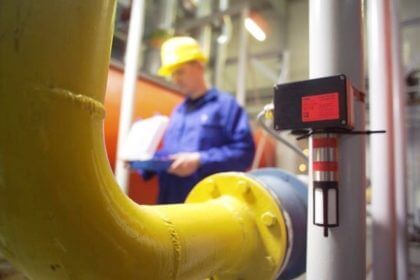
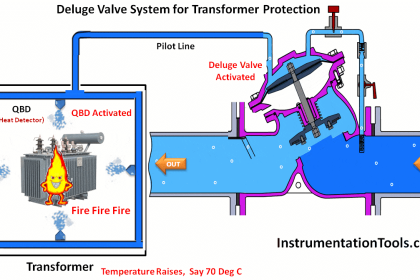
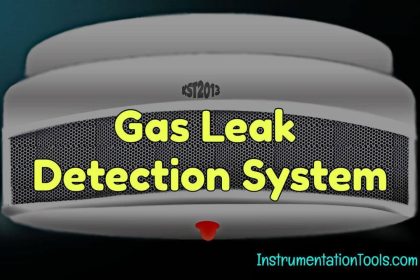
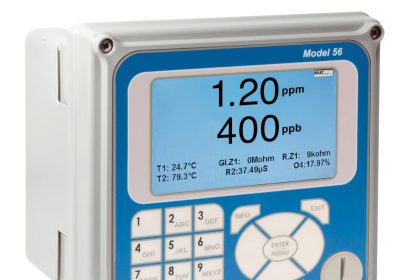
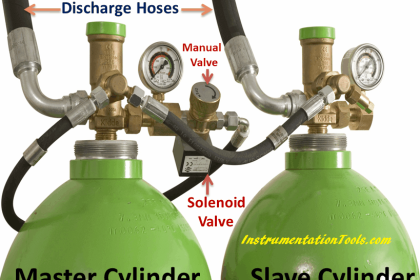



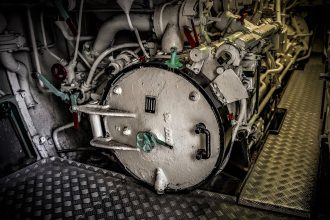

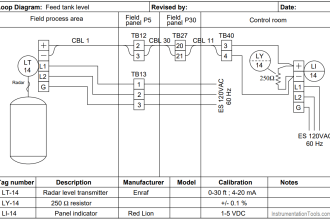

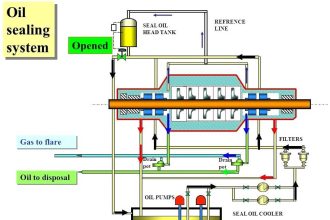


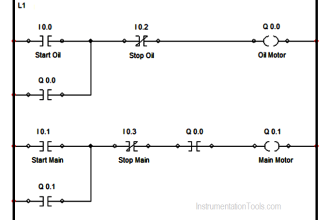

Hey, These Interview Questions are really helpful. And We must know these important questions. Thanks, webmaster for sharing it as a blog.
Thank you very much